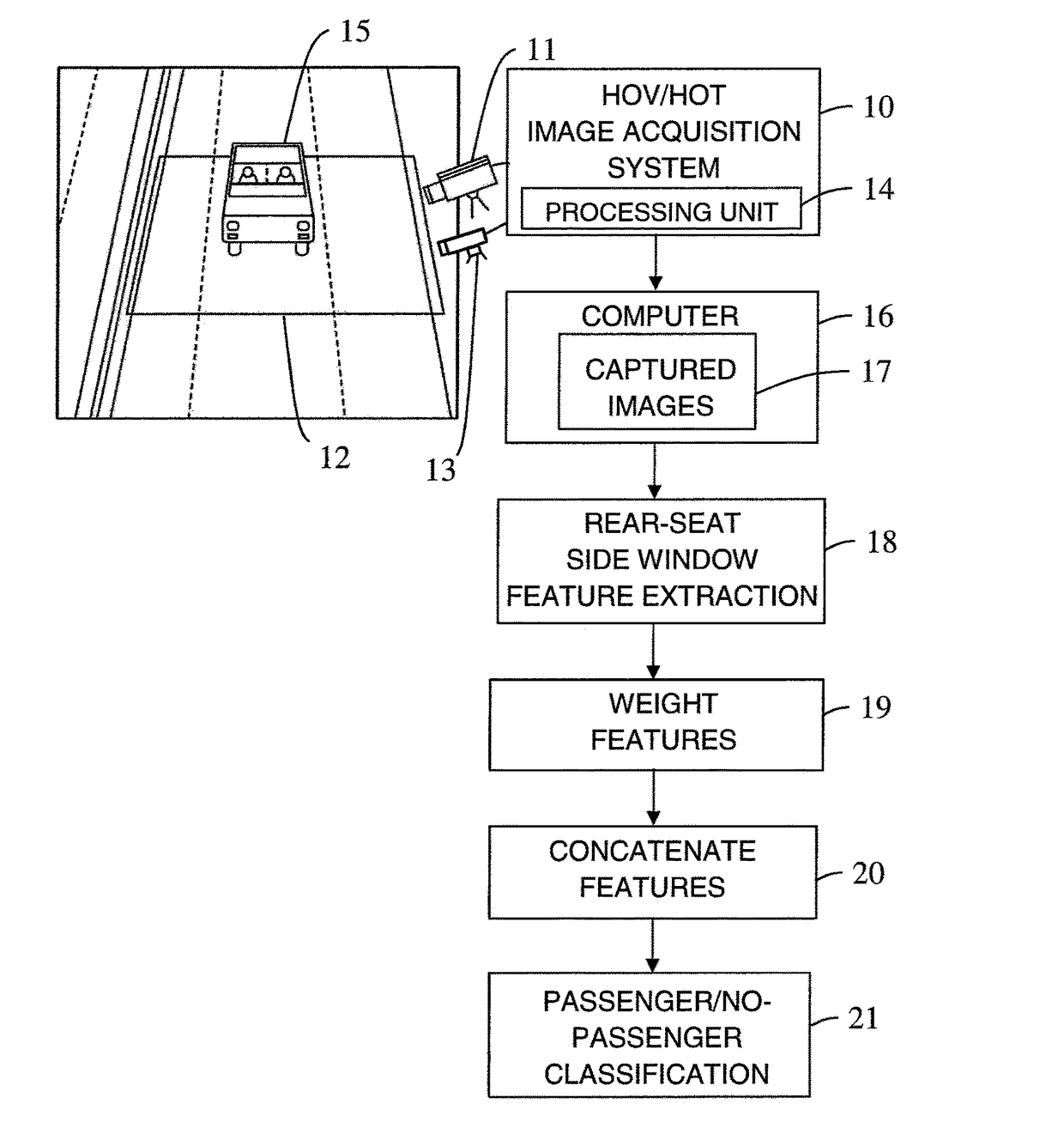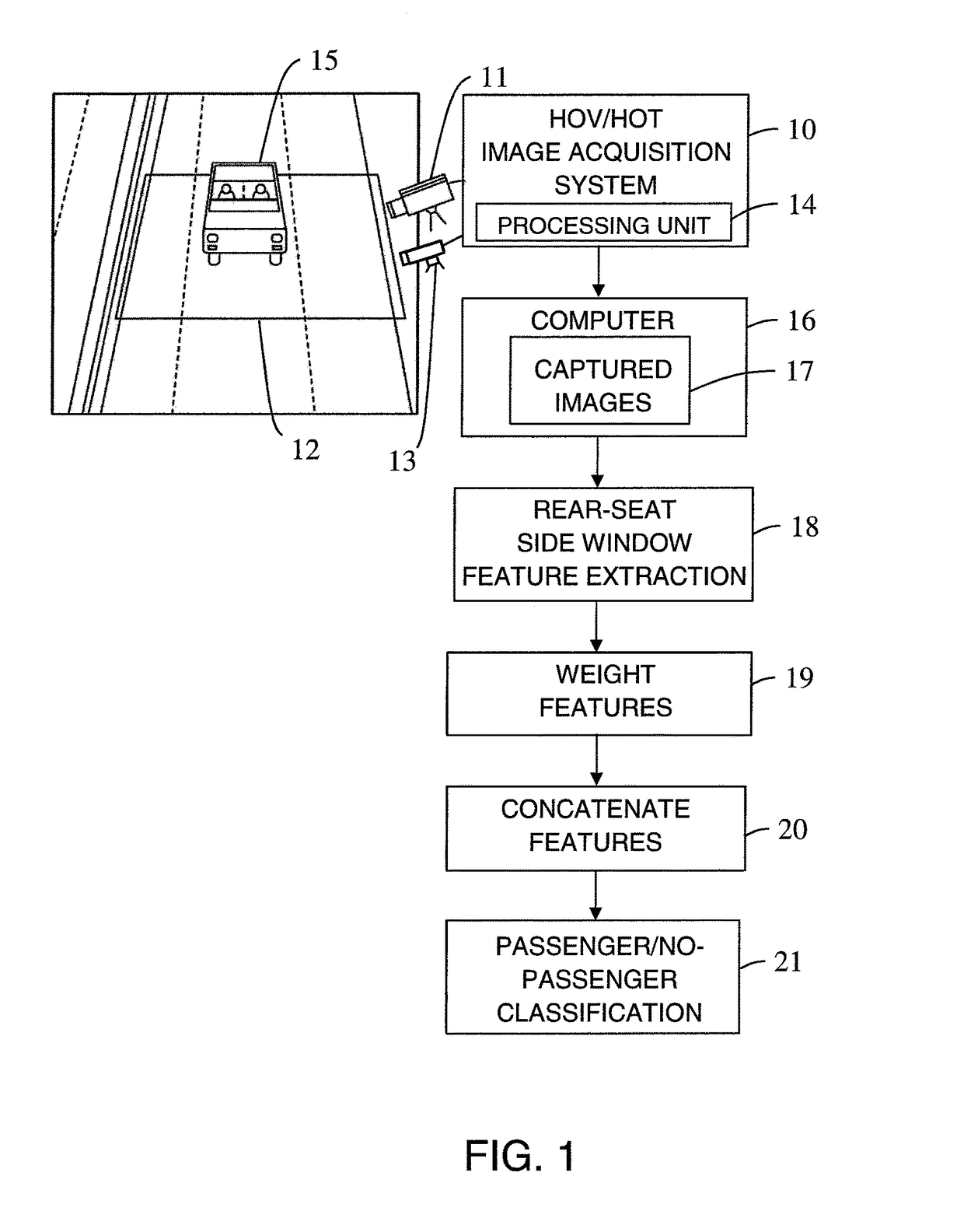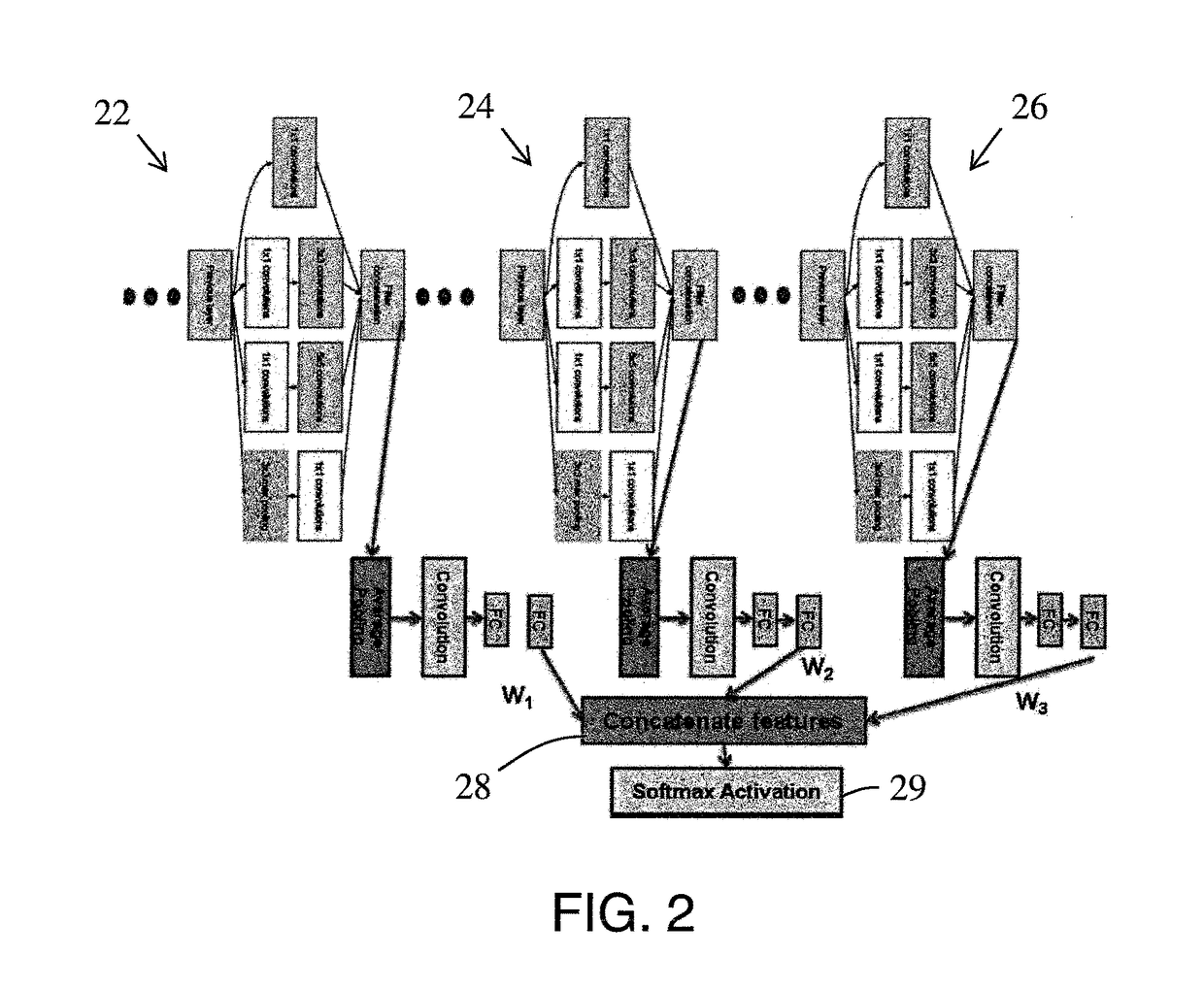Multi-layer fusion in a convolutional neural network for image classification
a convolutional neural network and image classification technology, applied in the field of convolutional neural networks, can solve the problems that classifiers trained with images collected from one site often cannot achieve the same performance with images from another site, and the collection of images from each site can vary, so as to achieve the effect of optimum performance, easy adaptation, and improved classification accuracy
- Summary
- Abstract
- Description
- Claims
- Application Information
AI Technical Summary
Benefits of technology
Problems solved by technology
Method used
Image
Examples
Embodiment Construction
[0037]The present description and accompanying FIGURES illustrate the embodiments of a novel deep CNN fusion architecture. Also provided is a more efficient method and system for domain adaptation based on said deep CNN fusion architecture for feature extraction. The deep CNN fusion architecture can be used in image classification systems, such as, for example, in HOV / HOT passenger detection systems. As can be appreciated, the deep CNN fusion architecture can be used in other domains.
[0038]The present description and accompanying FIGURES also illustrate a two-step training and fine-tuning method using the deep CNN fusion architecture of the present embodiments. Generally, the neural network architecture concatenates features extracted at different depths of the network so as to form a fully connected layer before classification, thereby improving the overall adaptability of the network for use across multiple domains without the need for extensive retraining.
[0039]As described above...
PUM
 Login to View More
Login to View More Abstract
Description
Claims
Application Information
 Login to View More
Login to View More - R&D
- Intellectual Property
- Life Sciences
- Materials
- Tech Scout
- Unparalleled Data Quality
- Higher Quality Content
- 60% Fewer Hallucinations
Browse by: Latest US Patents, China's latest patents, Technical Efficacy Thesaurus, Application Domain, Technology Topic, Popular Technical Reports.
© 2025 PatSnap. All rights reserved.Legal|Privacy policy|Modern Slavery Act Transparency Statement|Sitemap|About US| Contact US: help@patsnap.com



